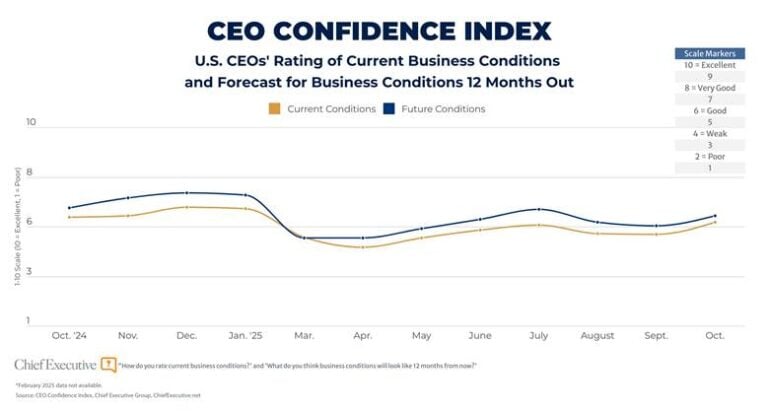
Before long, machine learning will be as omnipresent in our lives as the internet. Like the internet, it will improve every industry and every business. Our grandchildren won’t even know they are using it, and they probably will never appreciate how much it has simplified their lives. The companies that apply this machine learning technology to business problems correctly will transform their organizations by achieving business impact.
Business impact is defined by increasing revenue and/or decreasing cost. So how can you achieve business impact with machine learning? There are three possibilities.
But what about the jobs?
There is an unavoidable correlation between business impact and job impact, but the hysteria about artificial intelligence decimating the workforce is exaggerated. When Infinia ML CEO Robbie Allen (then CEO of Automated Insights) helped The Associated Press automatically generate written stories about quarterly corporate earnings, you might have thought the newsroom employees, fearing for their jobs, would revolt.
Instead, The Associated Press reported that “the reaction has been positive from staff, largely because automation has freed up valuable reporting time and reduced the amount of data-processing type work they had been doing.” A New York Magazine headline read that “Robots Are Invading the News Business, and It’s Great for Journalists.” The Verge reported that “computers are not taking journalists’ jobs” and were “freeing up writers to think more critically about the bigger picture.”
LinkedIn Co-Founder Reid Hoffman and co-author Chris Yeh share secrets for scaling your business at the CEO2CEO Summit.
Dec. 6, 2018 | New York City | Details and Registration today!
Jobs that humans should not perform
That said, the potential for change among workers whose jobs consist of repetitive mindless tasks does exist. Simply put, there are some jobs that humans should not have to do, but until now there has been no other way to get the work done.
Take the example of image analysis for security screening. With sufficient focus people can do this well, but due to the long hours and numerous distractions, performance can degrade. Often it is the very jobs that are critical to important missions like security and health that are most repetitive and vulnerable to human error. By contrast, machine learning doesn’t get distracted and does the same high-quality job at all times. This improved security is in turn a better situation for all people who depend on it.




0

1:00 - 5:00 pm
Over 70% of Executives Surveyed Agree: Many Strategic Planning Efforts Lack Systematic Approach Tips for Enhancing Your Strategic Planning Process
Executives expressed frustration with their current strategic planning process. Issues include:
Steve Rutan and Denise Harrison have put together an afternoon workshop that will provide the tools you need to address these concerns. They have worked with hundreds of executives to develop a systematic approach that will enable your team to make better decisions during strategic planning. Steve and Denise will walk you through exercises for prioritizing your lists and steps that will reset and reinvigorate your process. This will be a hands-on workshop that will enable you to think about your business as you use the tools that are being presented. If you are ready for a Strategic Planning tune-up, select this workshop in your registration form. The additional fee of $695 will be added to your total.

2:00 - 5:00 pm
Female leaders face the same issues all leaders do, but they often face additional challenges too. In this peer session, we will facilitate a discussion of best practices and how to overcome common barriers to help women leaders be more effective within and outside their organizations.
Limited space available.

10:30 - 5:00 pm
General’s Retreat at Hermitage Golf Course
Sponsored by UBS
General’s Retreat, built in 1986 with architect Gary Roger Baird, has been voted the “Best Golf Course in Nashville” and is a “must play” when visiting the Nashville, Tennessee area. With the beautiful setting along the Cumberland River, golfers of all capabilities will thoroughly enjoy the golf, scenery and hospitality.
The golf outing fee includes transportation to and from the hotel, greens/cart fees, use of practice facilities, and boxed lunch. The bus will leave the hotel at 10:30 am for a noon shotgun start and return to the hotel after the cocktail reception following the completion of the round.